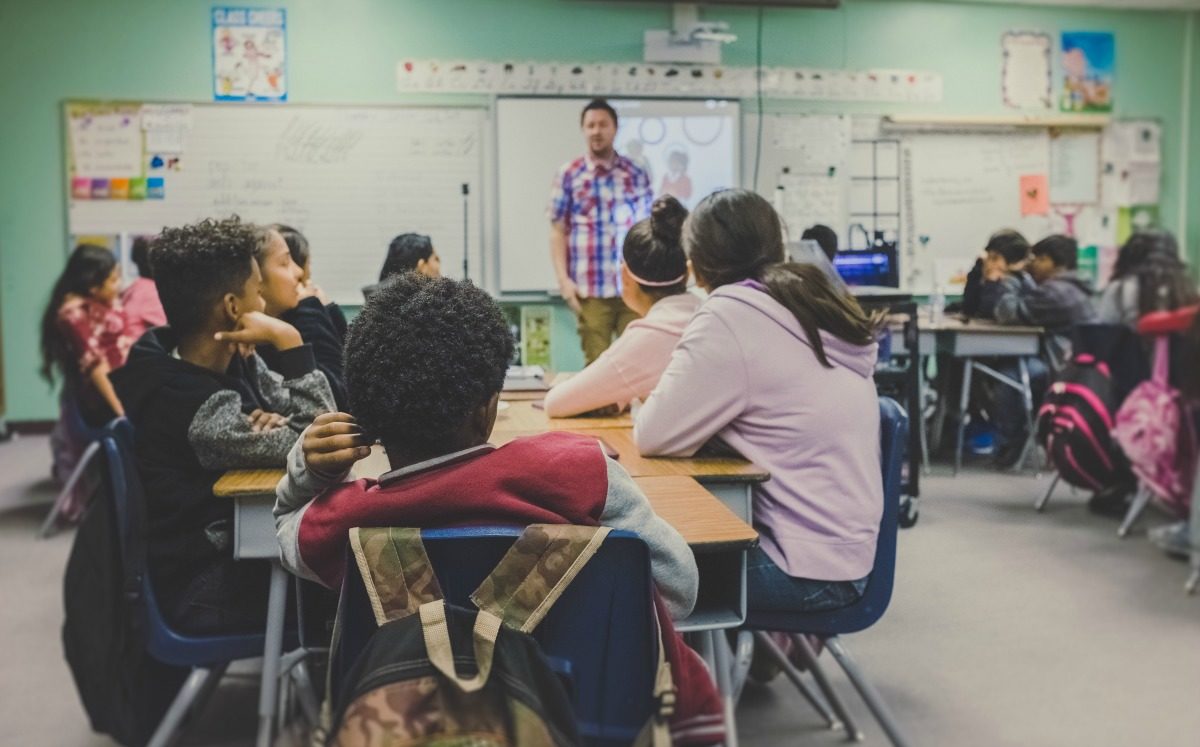Enabling Students To Solve The Problems Of Tomorrow
After being introduced to The Lean Startup book and its ideas through an entrepreneurship class at UC Santa Cruz, Sukh Singh launched his startup, Code Naturally. In a conversation with Lean Startup Co. faculty member, Hisham Ibrahim, Sukh shares his experiences around launching the Code Naturally program and app which teaches kids to become problem-solving computer coders.
Coding Is the Language of the Future
Sukh breaks coding down to its essence, calling it “a process of giving your computer instructions,” and reminding us that it’s what makes up our favorite applications, powers our smart fridges, and our iWatches.
Even more important, Sukh says, coding is “the language of the future” and has become an integral part of what students need to know. “It’s like a 21st century kind of literacy. It’s almost as important as learning a foreign language.”
Additionally, Sukh says that for many students “it’s a form of self-expression and an opportunity for them to be creative”—a skill he believes will be helpful no matter what field they end up in.
Coding is like a 21st century kind of literacy. It’s a form of self-expression and an opportunity for kids to be creative. Share on XClosing the STEM Gender Gap
Coding may be useful in every field, but Hisham worries it’s still not attracting as many girls as boys.
Sukh confirms that’s true but says the gap appears to be narrowing. “In the last three years we’ve been doing this, the amount of girls that are interested in programming has increased dramatically,” he says.
He’s happiest when their coding camps are split 50/50 between boys and girls, but female enrollment is still low. One of the answers may be providing an all-female environment for girls to learn in, which, Sukh says, studies show enables girls to perform better.
Ironically, Sukh says, “Often the girls tend to be some of our best programmers and tend to have this attention to detail that makes them especially great engineers and programmers.”

Learning from Failed Assumptions
Every experiment begins with assumptions, and even those that fail can bring valuable lessons. When building the Code Naturally app, their first assumption was that students would want to handwrite their code, Sukh explains, “because it’s a little bit more natural for them.” That was actually the origin of Code Naturally’s name.
That assumption did not prove true. “It was very clear they hated handwriting, and they were faster and better at typing.”
The second assumption was that all teachers would want to teach computer science, with STEM’s rising popularity. Also untrue. “As soon as we started talking to teachers we realized how much they have on their plates,” Sukh says.
This led to a business model that began simply as a packet proposal to a school principal where they offered to send a computer science instructor to the schools instead. “That worked out fantastically.”
The teachers got a break in their day, didn’t have to teach programming and “their kids got that enriching experience.”
After they obtained funding from Microsoft and Driscoll’s to do the program, other schools came calling.
What began, essentially, as a way to test the app became much more. “It wasn’t something we expected to be very scalable,” Sukh says. Quickly they ran out of the educators necessary to send them to all the schools that desired one.
However, it wasn’t all a loss—before the sales packet, about 400 students had tried the app. After they rolled out the teaching business model, the number of users rose to 3000. “It opened up our curriculum to all these students.”
Follow the People, Not the Money
Hisham asks how Code Naturally designs and runs experiments. Sukh explains that most of their experiments are around “getting parents into the door at our Santa Cruz code center” or getting teachers in schools to approach them for professional development or software purchase.
“We start with a hypothesis of—‘if we put this much money into this mode of marketing, we’re expecting to get a following.’” However, Sukh says rather than focusing on the dollars from a specific experiment, it’s more valuable to focus on the number of leads or the number of people coming into the center.
Sukh and his CTO consider hitting even 70 to 80 percent of their expectations a success.
Since they opened the code center, the number of experiments they do has increased, to about 25 per month. However, Sukh explains that an experiment can be as simple as a piece of print marketing such as a local flyer that goes out in the mail. He says they’ve found their ROI on manual marketing to be much more effective than spending the same or more money on a Facebook or Adwords.
Of course, measuring success among their three customers—students, parents, and teachers/schools—always comes back down to the students.
“If we can make them happy and excited about making something with code, then that’s successful for us,” Sukh says.
On that note, Sukh made a point of mentioning just how impressed he is with the students. When they gave kids quizzes from the class at UC Santa Cruz, “the fourth and fifth-grade classes did better than the college students.” That was mind-blowing to Sukh.
These kids didn’t beat themselves up when a project wasn’t running yet. They seemed to understand “that it just meant they weren’t there yet,” Sukh explains. “they were developing a growth mindset through programming.”

Providing Value to Build Revenue
They continue to experiment on building their customer base by applying Lean Startup principles but Sukh makes clear that “the return on investment (ROI) isn’t going to be immediate.”
Sukh credits Lean Startup for about 20 percent of their revenue. “These business models…came directly from our customer’s mouths.” He stresses that it’s more important to give value upfront to the customer before expecting that ROI.
“You can’t just push to sell, sell, sell. You have to show them you’re doing this for the kids, and give them an opportunity to try out the application before just having to purchase it,” he says.
The Power of the Pre-sell
However, he does recommend “if you can pre-sell, do it” by asking customers: “‘Would you pay for this now if I give you a discount while we get this ready for you?’”
Sukh says that getting money upfront “before that thing even exists,” can validate that it’s worth doing.
This, and almost every other lesson they’ve learned along the way, can be summed up, in one final thought: “Nothing can be more important than talking to your potential customer.”
Thanks to Jordan Rosenfeld for contributing this piece. If you seek to bring the entrepreneurial spirit to your organization, Lean Startup Co. can help.
